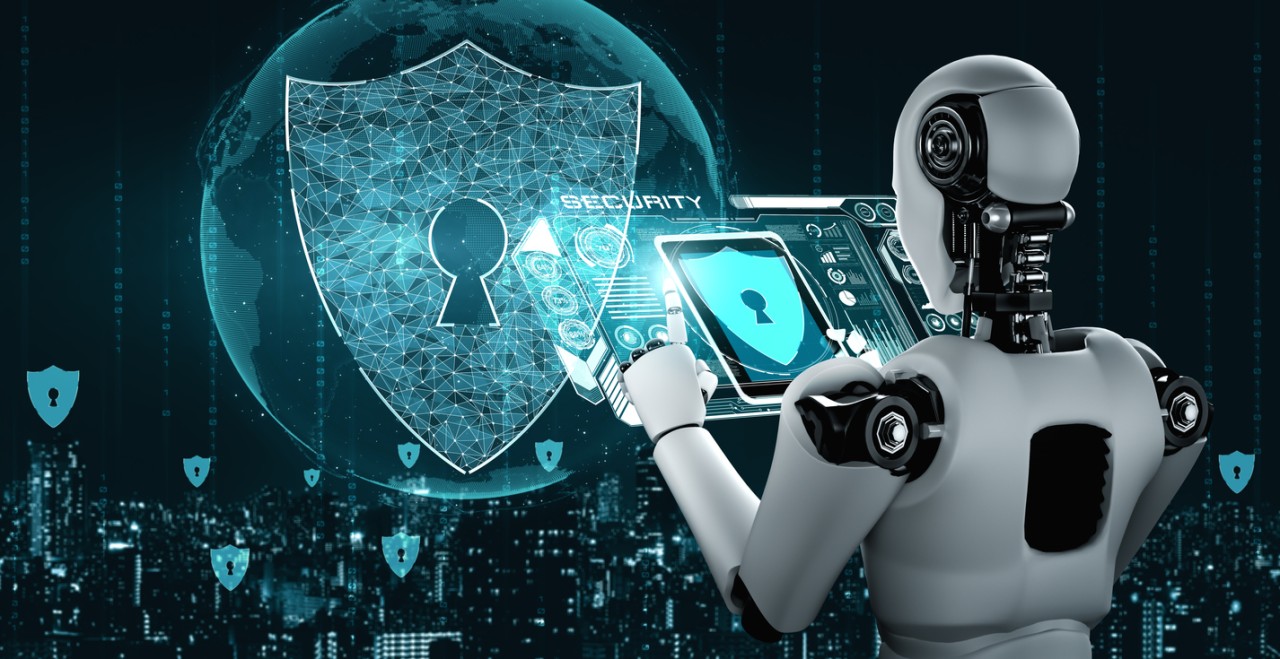Artificial Intelligence (AI) has rapidly transformed various industries, and cybersecurity is no exception. It offers immense potential to bolster our defences against cyber threats. However, the same technology can also be weaponised by malicious actors. This blog post will delve into the dual nature of AI in cybersecurity, exploring its benefits and risks, and discussing how cybersecurity companies are adapting to this evolving landscape.
AI as a Cybersecurity Ally
- Enhanced Threat Detection: AI-powered systems can analyse vast amounts of data to identify patterns indicative of cyberattacks, such as malware, phishing attempts, and anomalies in network traffic. This enables faster detection and response to threats.
- Improved Incident Response: AI can automate routine tasks during incident response, freeing up security teams to focus on critical issues. It can also analyse incident data to identify root causes and prevent future occurrences.
- Strengthened Cybersecurity Posture: AI can be used to assess vulnerabilities, prioritize security measures, and simulate attacks to test an organisation’s defences. This helps organisations build a more robust security posture.
AI as a Cybersecurity Adversary
- Sophisticated Cyberattacks: Malicious actors are increasingly leveraging AI to create more targeted and evasive attacks. AI can be used to develop new malware strains, launch complex phishing campaigns, and automate attack processes.
- Deepfakes and Social Engineering: AI-generated deepfakes can be used to deceive individuals and organisations, leading to data breaches and financial loss. AI can also be employed to create highly persuasive phishing emails and messages.
Striking a Balance
To effectively harness the benefits of AI while mitigating its risks, cybersecurity companies must adopt a proactive approach:
- Develop Robust AI-Powered Defences: Invest in AI technologies that can detect and respond to advanced threats.
- Stay Ahead of Adversaries: Continuously monitor the evolving threat landscape and adapt security measures accordingly.
- Ethical AI Development: Ensure that AI systems are developed and used responsibly to protect user privacy and data.
- Collaboration: Foster partnerships with other cybersecurity organisations and government agencies to share intelligence and combat threats collectively.
Conclusion
AI is undoubtedly a powerful tool that can be used for both good and evil in cybersecurity. By understanding its capabilities and limitations, companies can leverage AI to strengthen their defences and protect from emerging threats. The future of cybersecurity lies in the ability to effectively harness AI while staying ahead of adversaries.

